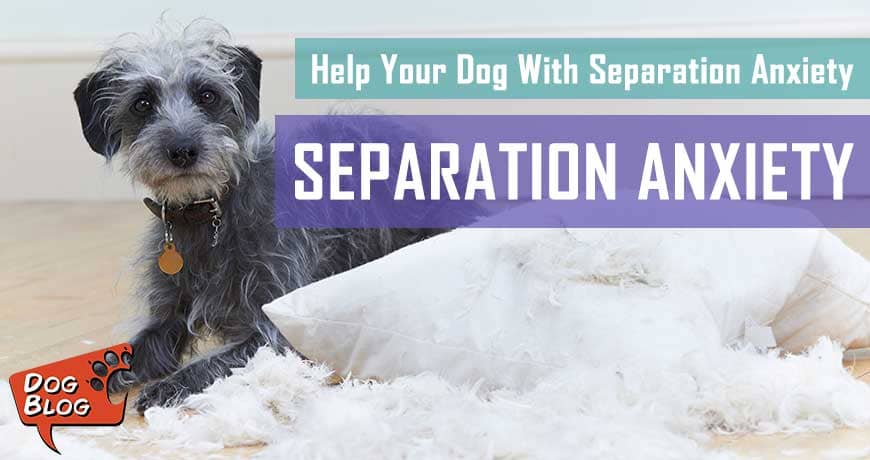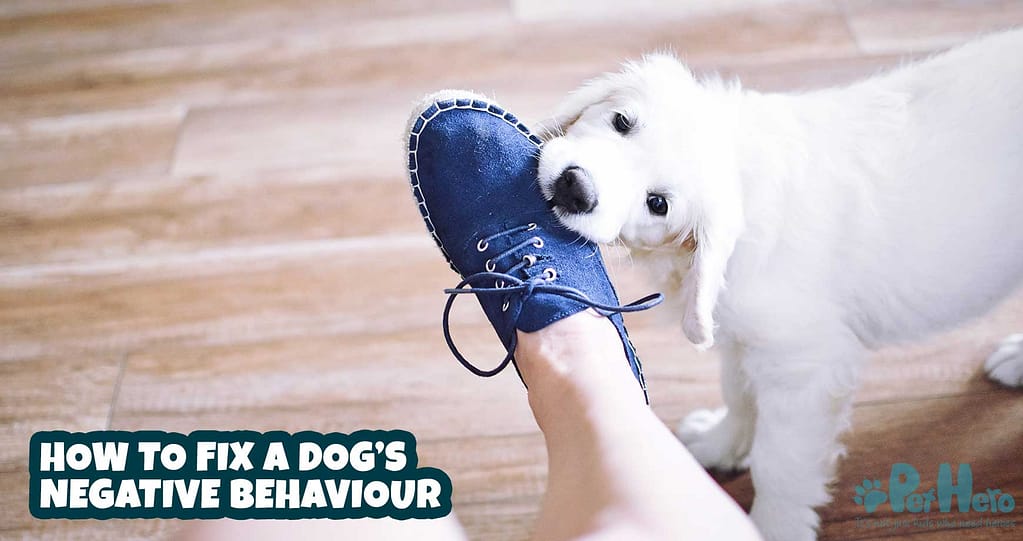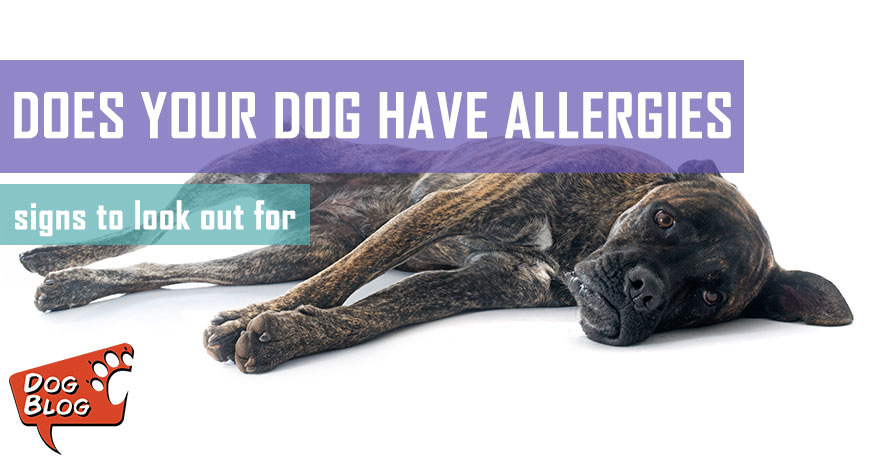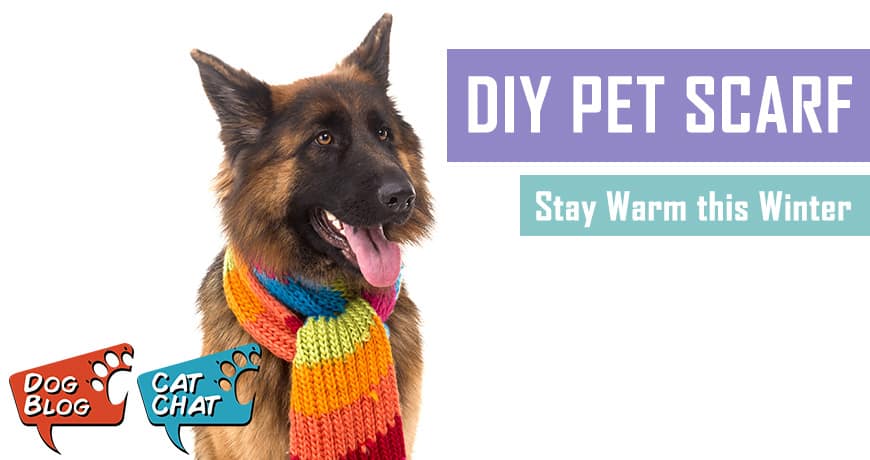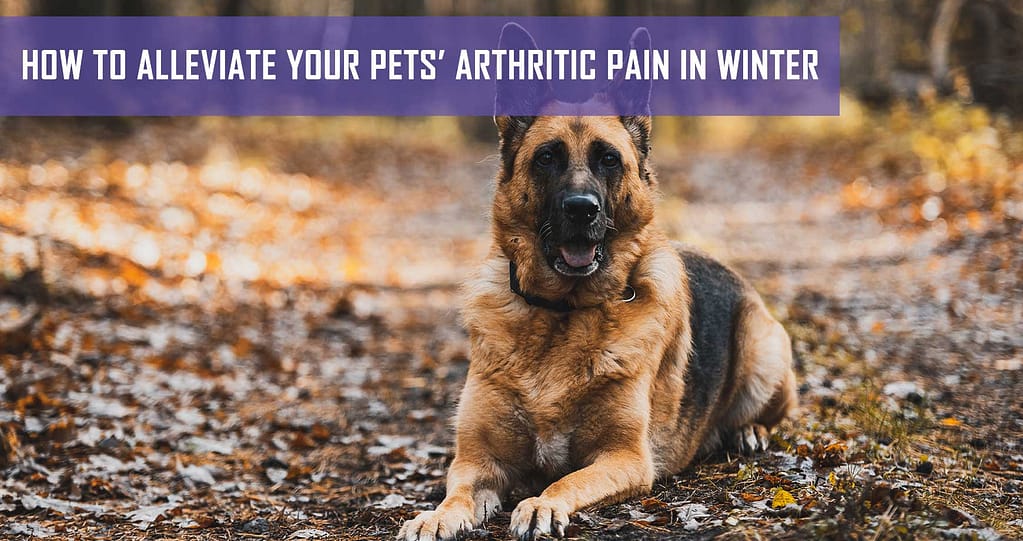Do you wonder if your dog has separation anxiety? Separation anxiety in dogs should be taken more seriously. Dogs that suffer from separation anxiety live in constant fear and when left alone they feel extremely nervous. They can even hurt themselves or destroy your home.
If you are not sure if your dog is suffering from separation anxiety, and you need to find out more, feel free to read our blogs: 4 Signs That Your Dog Suffers from Separation Anxiety and Separation anxiety – How it affects you and your pet.
Behaviour modification tips
The primary goal in treating your dog’s separation anxiety is to reduce her dependence on you, i.e. the need for your dog to be around you at all times. You will need to make her feel safe when you’re not around and secure that you will return. Please know that some of the following suggestions may seem unkind to your stressed and anxious dog, but it is important to remember the agony she experiences each time you leave her alone. The intention is to reduce or eliminate your pet’s suffering. Helping your canine companion feel more independent, can be accomplished with a variety of behaviour modification techniques and other strategies.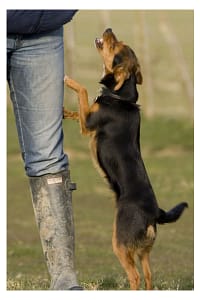
Subdue your dog’s attention-seeking behaviour
- Do not respond to your dog’s attempt to get your attention if she is whining, barking, pawing or jumping up. Do not look at, talk to, or touch her when she is engaging in attention-seeking behaviour. Only do so when your dog is in a relaxed state of mind, such as sleeping, etc.
- Ignore your dog for 30 minutes before leaving home. This will ensure that you don’t reinforce her anxious behaviour as you get ready to leave. A few minutes before you leave home, give your dog her favourite stuffed toy or a yummy treat to distract her while you leave.
- When you get back home, ignore your dog until she is relaxed. Do not interact with or acknowledge your dog until she is relaxed and no longer in a frenzy of relief that you’re home.
- If you arrive home to destruction or a mess on the floor, do not yell or use physical punishment. It is important to remember that these are not signs of misbehaviour, but signs of clinical anxiety and our dogs do not have control when they do it. Punishing your dog will only increase your dog’s anxiety level.
Desensitisation before departure clues
- Your anxious dog watches you like a hawk and learns your every move. Therefore you will need to start making a list of your activities before you leave home that signal to your dog that you are departing. These activities, like collecting your purse or keys, are signals that you are leaving shortly. Perform this action sequence at times when you aren’t leaving the house, in order to disassociate the activities with your impending departure.
- When you are at home, doing your normal day-to-day things, train your dog to assume a calm, relaxed demeanour during ‘separations’ when you’re in one room, and she’s in another. First, move a short distance from your dog (while you’re in the same room) and then return and reward him with a treat.
- Repeat this step at the same distance until you’re sure your dog is very relaxed, then gradually increase the distance until you’re almost out of the room, making sure to give praise and treats when your dog stays relaxed and in place. Remember to keep yourself calm during these exercises.
- Once you’ve increased the distance to where you’re out of your dog’s sight, you can begin to gradually increase the time that she’s in one room, and you’re in another. If the minute you’re out of sight your dog comes running, she needs more time to work up to that level of separation.
If this seems like a long, tedious process, it probably is, but it’s often very effective. From start to finish it can take eight weeks, sometimes much longer. If you don’t feel your dog is making good progress or you feel you need guidance, talk to your veterinarian, positive dog trainer or a specialist in canine behaviour.
Additional recommendations
Leave your dog with an item of clothing or a blanket. Some people dress up a big bear with their clothes so that the dog can snuggle up against it.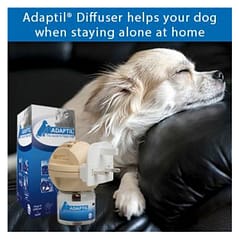
Leave a treat-release toy for your dog to focus on while you are away. You can also place treats around the house for your dog to discover, along with her favourite toy. She’ll enjoy the positive rewards without worrying that you’re not around.
There are many different types of stress and anxiety products on the market. Some of these products work wonders for dogs, such as the Adaptil calming collar or Adaptil Calm diffuser for dogs. Adaptil is a pheromone-based medicine and is designed to have a calming effect on dogs. The collar seems to work well for many dog owners with pups suffering from separation anxiety and other stress-related behaviours. Make sure your dog gets plenty of exercises that also involves playtime, mental stimulation and TLC. The more active and a busy life your dog has when you are around, the calmer your dog will be when you are not around.
If your dog’s separation anxiety is severe enough that it is very destructive when left alone or you are concerned that your dog might hurt herself, you’ll need to make other arrangements for her while you work to resolve these issues. A few suggestions:
- Take your dog with you, if possible
- Leave her with a caretaker – maybe a friend who works from home or a retired neighbour or relative
- Hire a dog sitter to stay in your home with your dog
- Take your dog to a doggy daycare so she has other dog friends during the day
With time, patience and persistence, most dogs with separation anxiety can be relieved of the worst of their troubling symptoms.

